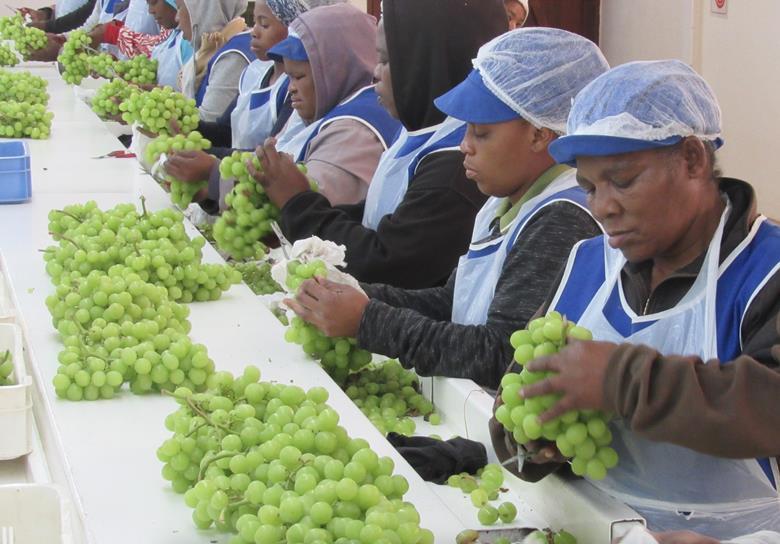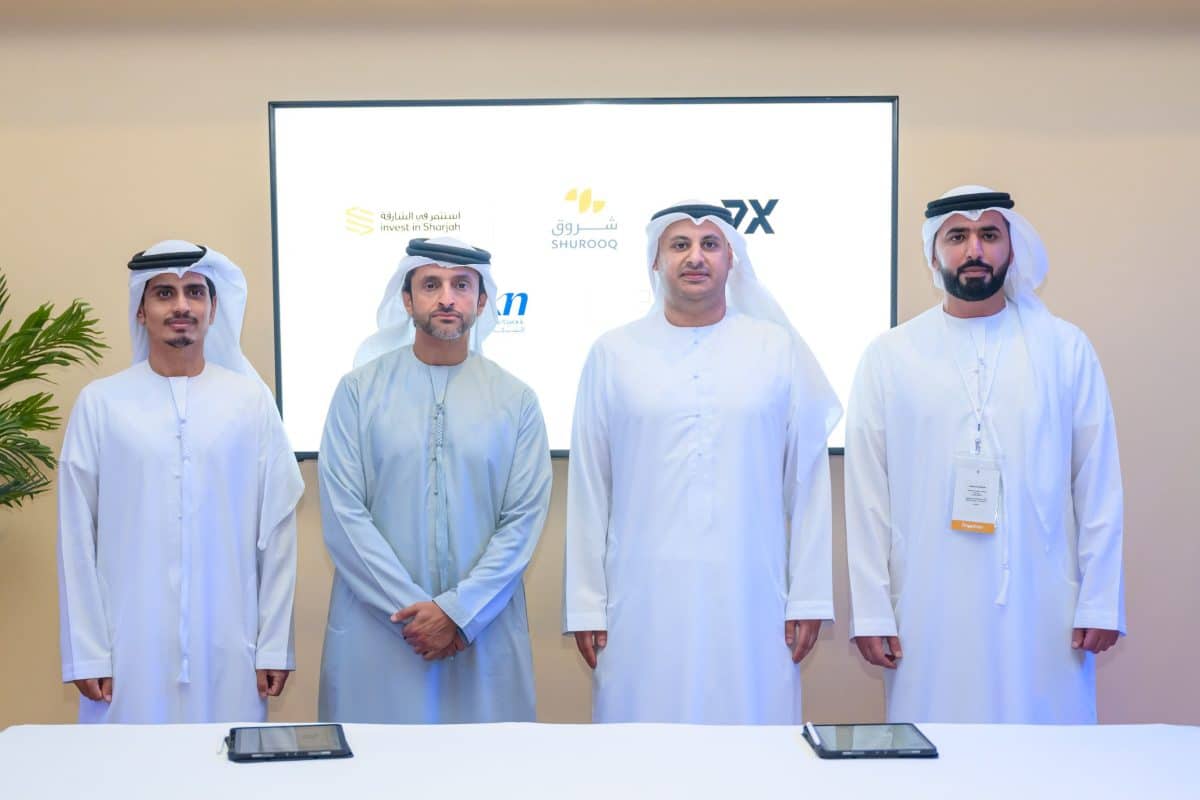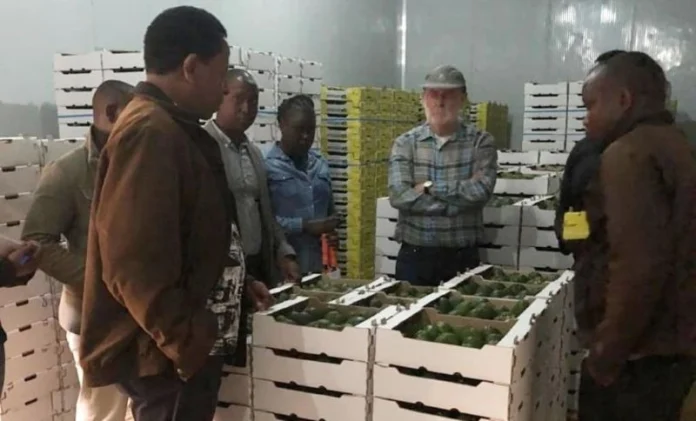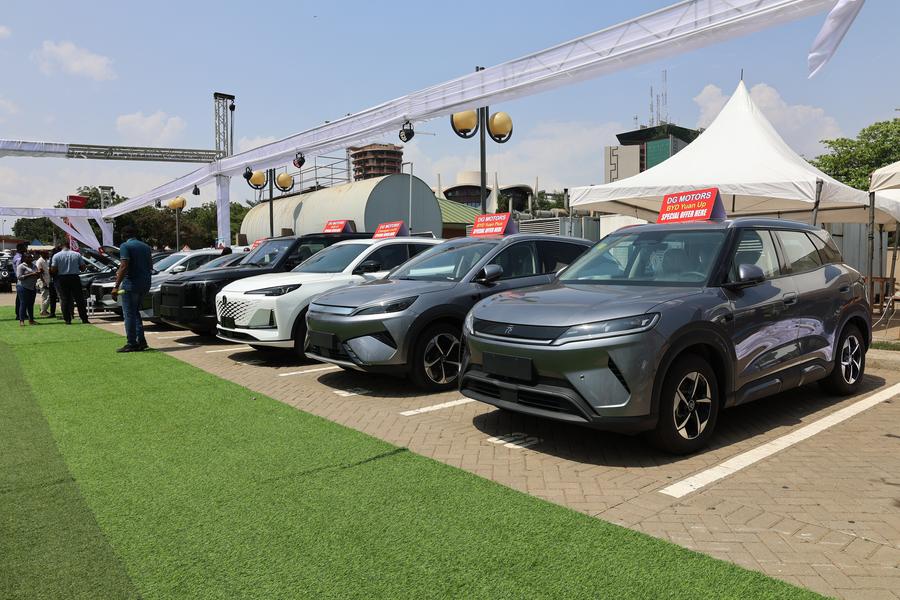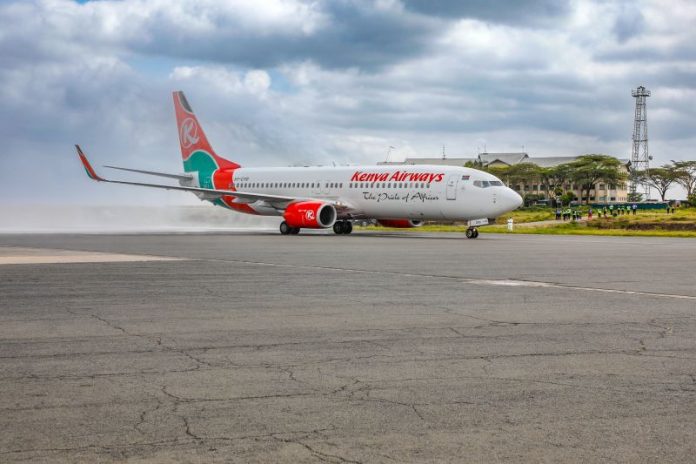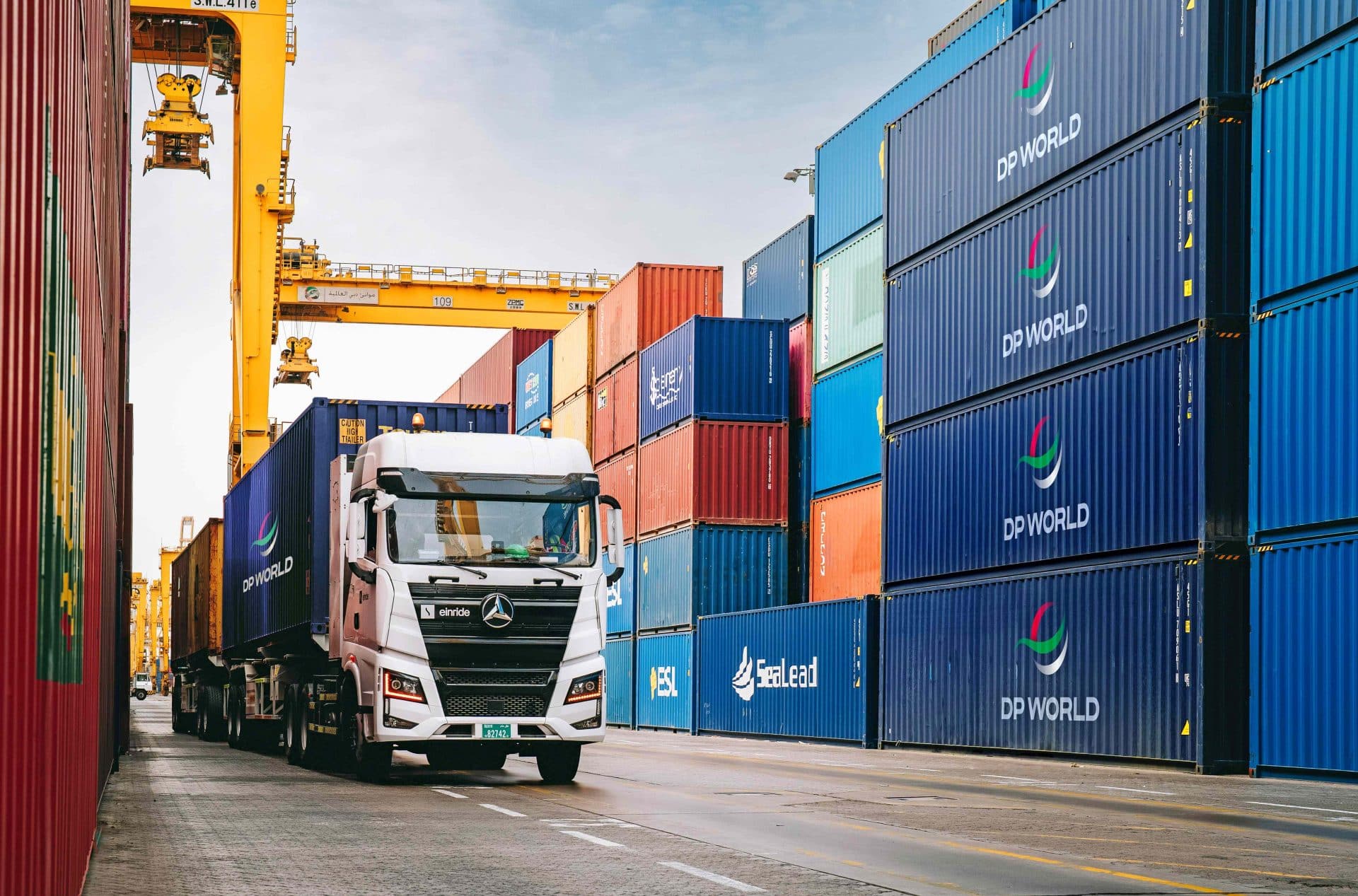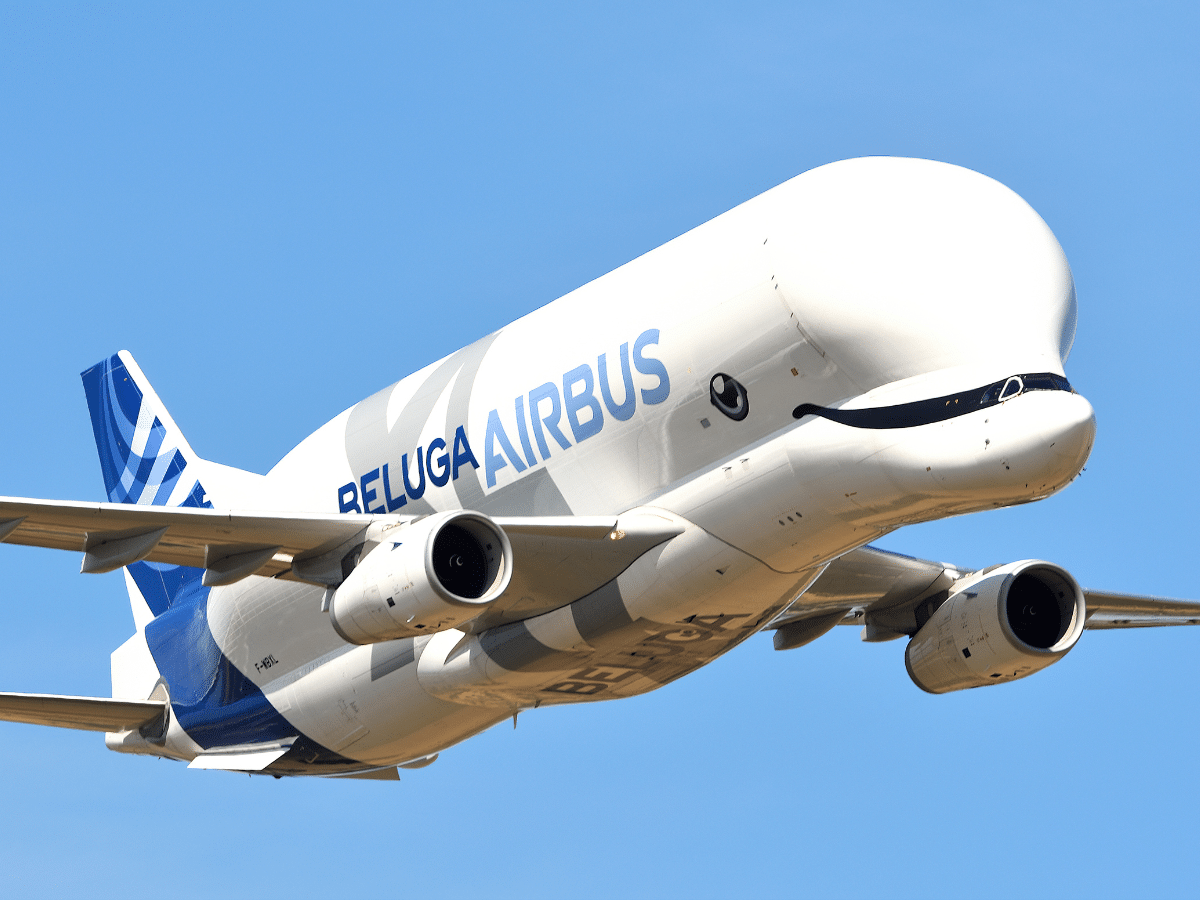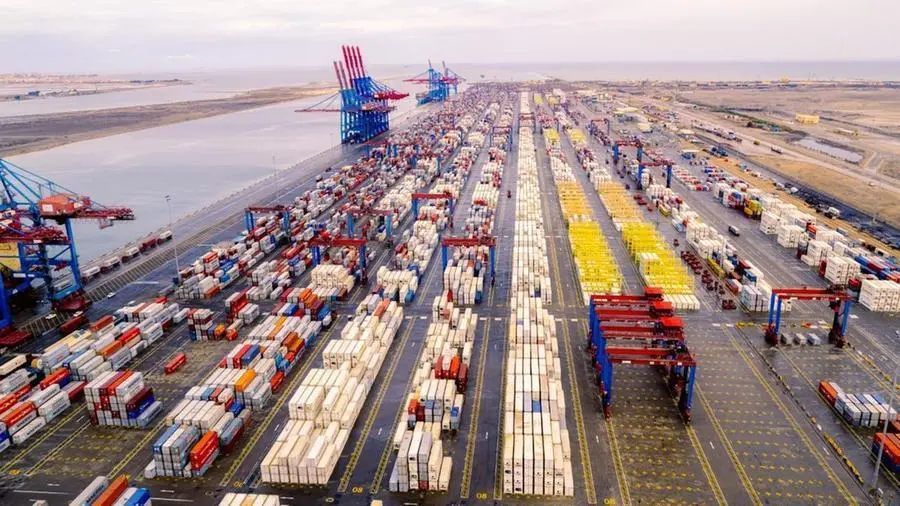Logistic Other

Six MENA cities rising as the region’s next logistics hubs
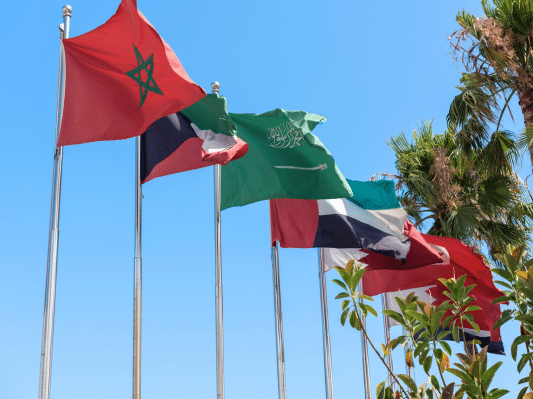
Dubai, Jeddah and Muscat remain heavyweight forces in the region’s logistics sector. Yet a new wave of cities is rapidly scaling investment, industrial capacity and multimodal infrastructure, momentum that could reshape MENA supply chains over the next decade.
Ports that once focused on domestic needs are expanding into transshipment and value-added logistics. Free zones are shifting from real estate plays to specialised manufacturing and e-commerce hubs. And governments are backing infrastructure designed to compete for global flowsrather than purely regional ones.
Aqaba (Jordan)
Jordan’s Red Sea gateway is undergoing a logistics reset aimed at positioning Aqaba as a link between the Gulf, Levant and Africa.
The port here has undergone a multi-year upgrade programme, including the relocation of container handling to the Aqaba Container Terminal (ACT), operated by APM Terminals.
ACT boosted capacity from 1 million TEU to 1.3 million TEU following equipment and yard expansion works completed between 2022 and 2024.
New bonded logistics parks and a regional distribution hub are being marketed to cater to FMCG, pharmaceuticals and electronics importers serving Iraq, the West Bank and Saudi Arabia.
Aqaba’s role as a humanitarian logistics base too see’s growth. The UN World Food Programme has expanded its warehousing capacity in the city to support regional emergency response, positioning Aqaba as a feeder of aid flows to neighbouring conflict-affected areas.
Public-domain commentary reflects this momentum. ACT’s management described 2024 throughput growth as “driven by rising Levant trade and demand for value-added logistics,” nodding towards shifting cargo profiles rather than simple volume churn.
Aqaba
Duqm (Oman)
Duqm is arguably the most transformative logistics bet underway in the region. Located on Oman’s Arabian Sea coast, the Duqm Special Economic Zone (SEZD) spans more than 2,000 square kilometres, one of the largest multi-industry zones in the world.
While still early in development compared with Sohar or Jebel Ali, Duqm is designed as a multimodal hub linking the Indian Ocean routes to GCC and Africa-bound supply chains.
Port of Duqm has been equipped to handle container, general cargo and dry bulk, with breakbulk volumes rising as refinery and industrial projects scale.
The Duqm Refinery, a joint venture of OQ and Kuwait Petroleum International, began operations in 2024 and is expected to secure downstream logistics growth.
A 290-km railway line between Duqm and the GCC network has been proposed to connect the port with regional rail corridors, complementing highway upgrades to Saudi Arabia.
Duqm’s development has been framed as an integrated industrial-logistics ecosystem rather than a traditional port play. Dr. Ali bin Masoud Al Sunaidy, Chairman of OPAZ, has stated that Duqm is being built as “a fully integrated economic ecosystem combining port, industry, logistics and commercial activity,” positioning it to attract manufacturing, energy and south-bound trade flows toward the Indian Ocean and East Africa.
Port of Duqm
Madinah (Saudi Arabia)
Better known as a cultural and religious destination, Madinah is now building supply chain capabilities anchored in air cargo, pharmaceuticals and smart-city services.
Prince Mohammad bin Abdulaziz International Airport’s expansion includes additional cargo handling capacity and a planned logistics zone, enabling the city to grow beyond passenger traffic into specialised freight.
Saudi Arabia’s logistics strategy, which targets 40 logistics zones nationwide, includes developing Madinah as a node for temperature-controlled and high-value goods.
Health-sector logistics becomes a natural fit due to the city’s healthcare cluster and the need for efficient distribution during peak pilgrimage seasons, where population surges create high-intensity supply cycles for food, medical and consumer goods.
The Saudi Authority for Industrial Cities and Technology Zones (MODON) has also increased the number of industrial and SME tenants in Madinah’s industrial city, opening opportunities for domestic manufacturing with integrated freight access.
According to public remarks from the Saudi Logistics Hub, mid-tier cities like Madinah “offer untapped capacity for specialised logistics and air-cargo-led growth”, signalling that the city’s potential lies in niche strengths rather than raw scale.
Madinah
Sohar (Oman)
Sohar has transitioned from a regional industrial port to a key manufacturing-logistics gateway between the Gulf and Indian subcontinent. The port and free zone, a joint venture between the Sultanate of Oman and the Port of Rotterdam, has attracted more than US$30 billion in investment across metals, petrochemicals, plastics and automotive sectors.
Cargo flows are diversifying. Sohar Port handled over 70 million tonnes of cargo in 2023 and has continued to see growth across container and general cargo categories.
The arrival of new shipping services to East Africa and the Indian subcontinent has increased its transshipment relevance beyond GCC imports.
The upcoming 303-km Oman–UAE railway linking Sohar to Abu Dhabi will significantly strengthen its position. When operational, it will cut travel time for freight to under 2 hours and enable multimodal cargo between Sohar, Khalifa Port, Jebel Ali and Al Ain, reducing cross-border trucking and emissions.
Sohar Freezone continues to sign long-term leases with metals, green steel and hydrogen-related manufacturers. In public comments, Sohar officials describe the port as “moving towards becoming a green energy logistics hub,” as investment interest in renewable hydrogen and sustainable fuels increases.
SOHAR Port and Freezone drives $1.3bn investment surge in first half of 2025
Sokhna (Egypt)
Located at the southern entrance of the Suez Canal, Sokhna is Egypt’s most strategically positioned logistics growth story. The city forms a key part of the Suez Canal Economic Zone (SCZone), which has seen more than US$18 billion in confirmed industrial and logistics investments since 2021, according to SCZone disclosures.
DP World Sokhna has expanded its terminal capacity through multiple phases, adding quay length, STS cranes and yard space to support larger vessels and higher throughput.
The port handled record container volumes in 2023–2024 and is diversifying beyond transshipment into value-added logistics, bonded warehousing and e-commerce fulfilment.
Industrial parks adjacent to the port are attracting automotive, petrochemical and FMCG manufacturers, supported by customs and tax incentives designed to boost export-led production.
Sokhna’s position enables 10–14-day time savings on Asia–Europe deliveries for manufacturers using near-port fulfilment and rapid deployment into European markets via the Suez corridor.
SCZone leadership has stated publicly that Sokhna is being positioned as “a leading regional hub for green fuels, industrial logistics and maritime services,”
Sokhna
Tangier (Morocco)
Tangier has already proven itself as a competitive port hub, but its logistics network is now expanding upstream into manufacturing, e-commerce and African distribution.
Tanger-Med Port is the largest container port in the Mediterranean by capacity, with more than 9 million TEU capability across its terminals and 200+ global port connections.
What’s changing is the scale of logistics activity around the port. Tangier Free Zone and the automotive cluster linked to Renault’s plant have attracted a growing supplier base, positioning the city as a near-shoring and assembly hub for European and African markets.
Logistics parks are expanding to support warehousing, cold chain and value-added services, with operators targeting the rising demand for regional fulfilment tied to Morocco’s e-commerce growth.
Morocco’s Ministry of Transport has noted that Tanger-Med’s integrated industrial-logistics platform has contributed billions of dollars to exports, adding that new logistics zones are being designed to “serve Africa-Europe-Atlantic trade with competitive, multimodal solutions.”
Tangier’s potential lies in depth rather than size, it has scale at port level, but the logistics value-add layer is only now accelerating, giving it space to emerge as a global leader within the industry.
Tangier
The next decade of regional logistics
These six cities are not replacing the Gulf’s established giants, they are widening the map.
Each is carving a differentiated role. Aqaba in Levant-plus-Red Sea connectivity; Duqm in Indian Ocean and project cargo; Madinah in specialised air and health logistics; Sohar in industrial multimodal flows; Sokhna in Suez-anchored manufacturing and green energy; and Tangier as a three-continent distribution platform.
Together, they represent those next to sit at the table of MENA logistics growth, driven less by megaproject landmarks, and more by integrated infrastructure, industry clusters and targeted ecosystem design.



